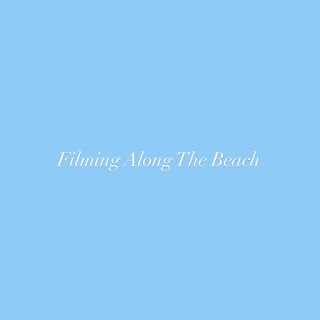Genre Research: Horror
Hello, blog. Today I'm going to talk to you about horror movies. They have a variety of angles, but most horror films use the holy trinity of shots: POV, Handheld, and Dutch Angle. POV is an abbreviation for Point of View. It can be filmed from the perspective of the creature/killer or the victim. A Handheld shot, for example, helps communicate the idea during a pursuit or dramatic action. The most prevalent shot in horror films is the Off Kilter Shot. The Killer is shot over the shoulder. A closer look at the weapon. Fear in a close-up/extreme close-up. Isolation and fear are depicted in a 360-degree shot. Victims' Vulnerability is demonstrated using a high-angle shot. Low-angle shot to demonstrate the Killer's might stab Someone Without Injuring Them. The fade to black is another popular transition, particularly in horror films. It is generally employed at the beginning of a trailer to assist in conveying the plot slowly so that tension can be established from the outset. The jump scare sound is often a loud, unexpected noise or musical cue designed to induce anxiety or tension. It can take many forms, but some common ones are a piercing violin shriek, a deep bass rumbling, or a rapid explosion of percussion. I enjoyed filming horror because it is a bonding experience that can be a lot of fun. We all desire certain pleasures that are regulated and prepared within a safe hypothetical experience in a reality where so much is out of our control. The one aspect of making a horror film that didn't appeal to me was that they frequently deal with dark subject matter and may deal with transgressive ideas or themes. Monsters, apocalyptic occurrences, and religious or folk beliefs are all common features. Horror films have been around for almost a century. The thrill came from seeing a scary film.



Comments
Post a Comment